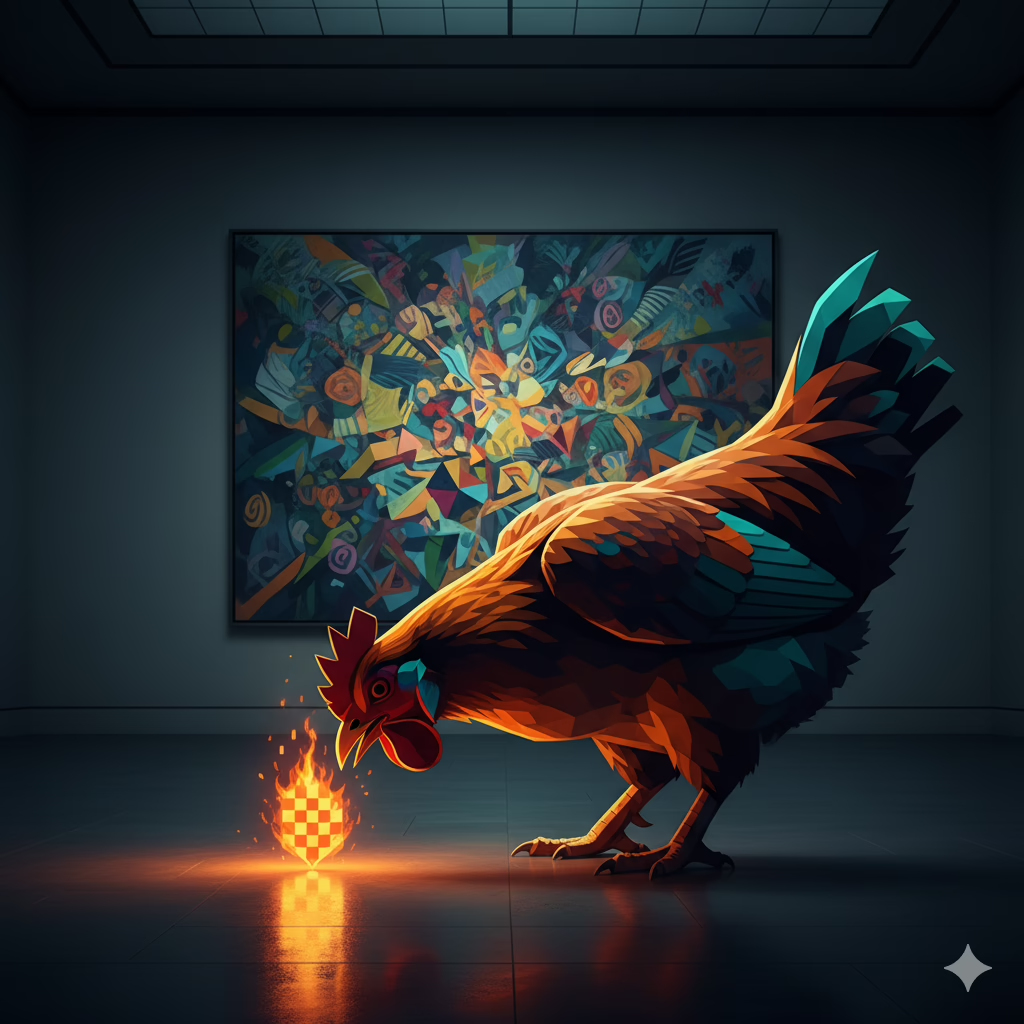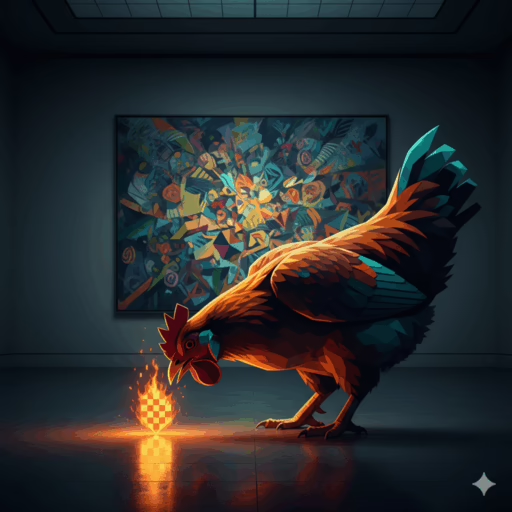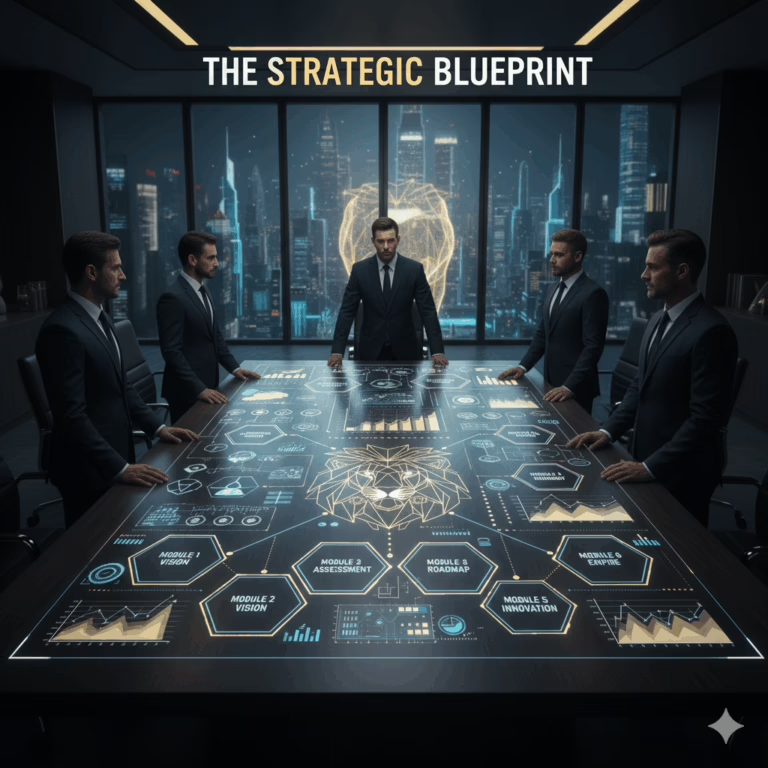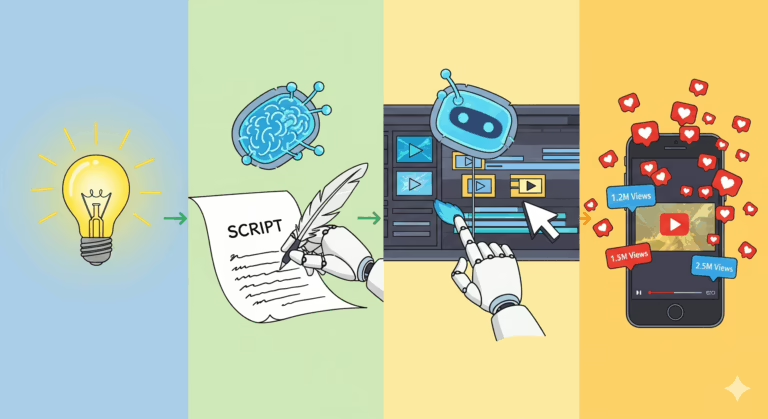Let’s be honest, the most critical question in that famous Picasso story isn’t “Should art reflect reality?” The real million-dollar question, the one every serious entrepreneur and strategist should be asking, is this: How the hell did a chicken get into the art studio?
This question keeps me up at night. I run scenarios like a conspiracy theorist. Maybe the art critic was so determined to win the argument that he smuggled in a commando chicken named “Pierre,” specially trained to peck at hyper-realistic grains of wheat. Mission accomplished. Or maybe the studio wasn’t some sterile sanctuary of art, but a bohemian chaos zone, complete with a pet goat named “Salvador,” a parrot named “Vincent” used as a color palette, and a free-range studio mascot—a chicken named “Henri.”
As amusing as these absurd scenarios are, they reveal a dangerous truth: the clueless but confident chicken that somehow infiltrated Picasso’s studio has become the perfect metaphor for the digital world today. And the brutal part is this:
Those chickens are now everywhere. And they are all relentlessly pecking at the exact same grain of wheat.
The Digital Parrot Epidemic and the Fields of Generic Wheat
“You MUST use these 5 prompts!” “10 secret templates to 10x your content!” “Nobody knows this AI cheat code!” Sound familiar? These are today’s digital grains of wheat. The internet has become a vast wheat field of these copy-paste, ready-made solutions. They look technically perfect, are easy to implement, and provide an instant hit of “I did something” satisfaction.
But it’s all just chicken feed. This obsession with tactical shortcuts is creating a massive generation of digital parrots. They all sing the same song, peck at the same wheat, and mistake their generic, soulless, cookie-cutter outputs for masterpieces. This is what creates “digital noise.” When your brand is trying to whisper in a forest where thousands of parrots are screeching the same phrase, nobody can hear you. Even the algorithms are now catching on, penalizing the repetition that lacks originality and depth.
This flock of parrots has a few distinct species. You might recognize some of them:
- The “Prompt Commando”: Believes the secret to success is a single, perfect prompt locked away in their notes app. They treat AI like a vending machine: insert the right coin, get the prize. They’ll spend 10 hours hunting for that perfect coin instead of spending 10 minutes thinking about the strategy. Why? Because strategy requires vision, and vision is a risk. A grain of wheat is a guarantee; it only requires a formula.
- The “Digital Hoarder”: This is the person with 17 AI tool subscriptions and 200 “AI gurus” in their feed, but not a single finished project to show for it. They jump on every shiny new object and try every new trend but master none of them. Their digital studio is a mess of half-finished canvases, dried-up paint, and a cacophony of conflicting advice. It’s all motion, zero progress.
- The “Gourmet Critic”: This one doesn’t create much, but they are an expert at judging the quality of others’ wheat. “Actually,” they’ll proclaim in a LinkedIn comment, “if you’d phrased that prompt differently, the output’s luminosity would have increased by 12%.” They can tell you the technical specifications of the most perfect grain of wheat imaginable, but they can’t tell you why it needs to exist or how it could feed a village. They measure the output, not the impact.
So, What is “The Painting” in All This Chaos?
If everything I’ve described is just pecking at wheat, what is the “painting” in our digital world—the masterpiece the chickens can’t comprehend?
The painting is STRATEGY.
But “strategy” isn’t just a cool-sounding word you throw around in meetings. It’s a concrete action plan. Creating that painting involves four fundamental steps:
1. Finding Your Subject: Before You Pick Up the Brush… Picasso didn’t paint someone else’s wheat. He painted his own. The first question you must ask isn’t “What can AI write?” but “What is the story that only I, with my brand’s unique DNA, can tell?” This is your “Unfair Advantage.” It’s that unique experience, that different perspective, that inimitable brand voice your competitors can’t copy. That is the subject of your painting.
2. Building Your System: Constructing the Studio A masterpiece doesn’t happen by accident. An artist has a studio, a process, a system. Instead of fiddling with individual prompts, you need to build an entire content production system—from ideation to publication, from distribution to analysis. This is using AI not as a “writer,” but as a “production floor manager.” Our AI Content Accelerator is built on this exact philosophy: don’t just create content, build a content engine.
3. Mastering Your Tools: Perfecting Your Brushstrokes Yes, you will use the brush (the AI). But not like a parrot—like a master. This means learning the art of conversation with AI instead of just giving it orders. It’s about asking the right questions, providing context, guiding it… When you forget the jargon and learn the “five golden rules” of effective conversation with AI, you start getting genius-level responses instead of generic outputs. This is the very art that Prompt Engineering for Non-Techies teaches.
4. Selling the Art: Making the Gallery Profitable Picasso didn’t just paint to hang his work on his own walls. He built a business. Your goal shouldn’t be just to create beautiful content. It must be to turn that content, that authority, and that audience into a business model. This is the shift from a “creator” mindset to a “CEO” mindset. It’s about selling your painting so you can afford to buy more canvases. The Creator Monetization Mandate is the roadmap for that transformation.
Forget the Chickens, Build Your Empire
The next time you see a post promising “5 prompts that will change your life,” ask yourself: Is this teaching me how to paint, or is it just handing me another grain of wheat to peck at?
At Blyxxa, we don’t sell chicken feed. We provide the blueprints, the systems, and the strategies for artists, entrepreneurs, and visionaries to build their own galleries. We know that real success doesn’t come from making a shinier version of the wheat everyone else is pecking at. It comes from having the courage to paint a picture no one has ever seen before.
The chickens may not get it. The noisy parrots won’t be able to copy it. But then again, we’re not creating for them.
Are you?
The Strategic Artist’s Toolkit: Keys to the Gallery
If you’re tired of pecking at wheat and ready to paint your masterpiece, here are the keys to the gallery. These aren’t magic wands; they are master-crafted tools.
- AI Content Accelerator: Stop chasing individual prompts. Learn to build an entire content production engine, from idea to publication, powered by AI.
- Prompt Engineering for Non-Techies: Ditch the jargon. Discover the “five golden rules” of conversing with AI like an expert and getting the results you actually want, every single time.
- The Creator Monetization Mandate: Go from making content to making a fortune. This is the complete roadmap for shifting from a creator mindset to the CEO of your own digital empire.
